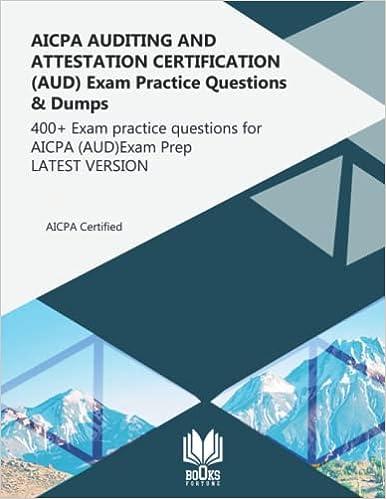Question
Haven received 200 NQOs (each option gives him the right to purchase 20 shares of Barlow Corporation stock for $7 per share) at the time
Haven received 200 NQOs (each option gives him the right to purchase 20 shares of Barlow Corporation stock for $7 per share) at the time he started working for Barlow Corporation three years ago when its stock price was $7 per share. Now that Barlows share price is $50 per share, he intends to exercise all of his options. After acquiring the 4,000 Barlow shares with his options, he intends to hold the shares for more than one year and then sell the shares when the price reaches $75 per share. (Leave no answer blank. Enter zero if applicable. Input all amounts as positive values.)
a. What are Haven's taxes due on the grant date, exercise date, and sale date, assuming his ordinary marginal rate is 32 percent and his long-term capital gains rate is 15 percent?
b. What are the tax consequences for Barlow Corporation resulting from Havens option exercise if Barlows marginal tax rate is 21 percent? How would it change if Barlow's marginal rate were 0 percent?
| Date | Amount |
| Tax Benefit on grant date | |
| Tax Benefit in year of exercise | |
| Tax Benefit in year of sale | |
| Tax Benefit when tax rate is 0% |
Step by Step Solution
There are 3 Steps involved in it
Step: 1

Get Instant Access to Expert-Tailored Solutions
See step-by-step solutions with expert insights and AI powered tools for academic success
Step: 2

Step: 3

Ace Your Homework with AI
Get the answers you need in no time with our AI-driven, step-by-step assistance
Get Started


